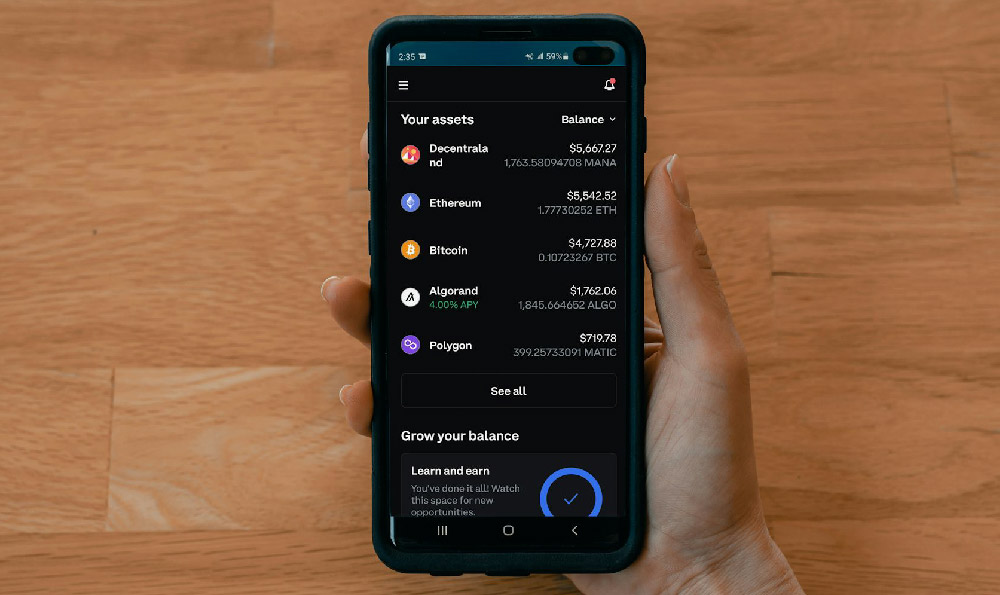How much do Lyft drivers earn weekly?
The average weekly income of Lyft drivers varies significantly due to a combination of factors including geographic location, driving habits, vehicle type, and fluctuations in demand. While some drivers may accumulate substantial earnings, others might struggle to meet basic financial obligations. Understanding the nuances of this income potential requires a deeper look into market trends, technological influences, and the evolving landscape of ride-sharing.
Several variables directly impact a driver’s ability to generate consistent revenue. Geographical location plays a crucial role, as urban areas with high demand and lower vehicle ownership costs typically offer better earnings than rural regions. For instance, drivers in major metropolitan centers like New York, Chicago, or Los Angeles often report weekly incomes exceeding $1,500, while those in smaller towns or areas with limited ride availability may only earn a fraction of that. Additionally, the time of day and day of the week influence earnings. Weekend shifts and late-night hours tend to yield more profits due to higher demand for rides, but they also come with increased competition, as more drivers are available during these times.
Vehicle selection is another key determinant of revenue. Drivers operating newer models with advanced features, such as electric or hybrid cars, often report higher earnings due to the convenience they offer. For example, customers may be willing to pay a premium for a car equipped with climate control, better seating, or a sleek design, especially during extreme weather conditions. Conversely, drivers utilizing older, lower-cost vehicles may earn less as their cars lack the appeal that could justify higher price points. Moreover, the type of vehicle can affect fuel costs and maintenance expenses, which indirectly impact net earnings.

Market dynamics and external economic factors also play a role in shaping driver income. The overall demand for ride-sharing services can fluctuate based on seasonal trends, with holidays and special events typically leading to increased usage. However, as the industry matures, drivers may face higher competition, forcing them to adjust their earnings expectations. Additionally, fuel prices and inflation can significantly influence expenses, reducing the profitability of each ride. For example, a sudden spike in gas prices could lead to lower earnings as drivers must account for higher operating costs.
From an investment perspective, analyzing the financial health of ride-sharing platforms like Lyft can provide insights into drivers' income potential. Lyft’s revenue streams include commission fees on rides, subscription plans, and advertising partnerships. Investors may consider the company's market share, service quality, and expansion strategies to gauge long-term growth. However, it is essential for investors to remain cautious, as the company's profitability depends heavily on external factors such as regulatory changes, consumer behavior, and technological advancements. For example, shifts in driver preferences or increased competition from other ride-sharing platforms could impact Lyft’s bottom line.
Drivers must also weigh their financial goals carefully. While the initial motivation to become a Lyft driver may be to supplement income, it is crucial to recognize that this is not a guaranteed source of wealth. Drivers should focus on maximizing their availability during peak hours, maintaining their vehicles in optimal condition, and utilizing promotions or discounts strategically. Additionally, drivers can benefit from ride-sharing platforms’ feedback systems and rating incentives, which may encourage riders to prefer their services, indirectly leading to higher earnings.
For those considering investing in the ride-sharing industry, it is important to analyze the market trends that affect driver income. Ride-sharing platforms have grown significantly over the years, but their sustainability depends on a variety of factors, including economic conditions, regulatory environments, and technological innovations. Investors should remain cautious, as the industry is not without risks. For example, changes in government regulations or shifts in consumer preferences could impact the profitability of ride-sharing companies.
Still, ride-sharing offers unique opportunities for drivers and investors alike. Drivers can use this platform to supplement their income, while investors can benefit from its growth potential. However, both parties must approach this opportunity with a long-term perspective and a solid understanding of the market dynamics that influence earnings. Drivers should focus on maximizing their income through strategic planning, while investors should remain alert to potential risks and opportunities.
The future of ride-sharing remains uncertain, but it is clear that driver income will continue to fluctuate. As the industry evolves, drivers must adapt to new challenges and opportunities, while investors should stay informed about market trends. In the long run, successful earnings will depend on a combination of factors, including the driver’s commitment, the platform’s support, and the broader economic environment.
For anyone entering the ride-sharing industry, whether as a driver or an investor, a thorough understanding of the market is essential. Lyft drivers must consider the various factors that influence their income potential, such as geography, driving patterns, and external economic conditions. Investors, on the other hand, should analyze the company's financial performance and market position to make informed decisions. Ultimately, a balanced approach that combines strategic planning, adaptability, and a long-term perspective is key to maximizing earnings and minimizing risks.














